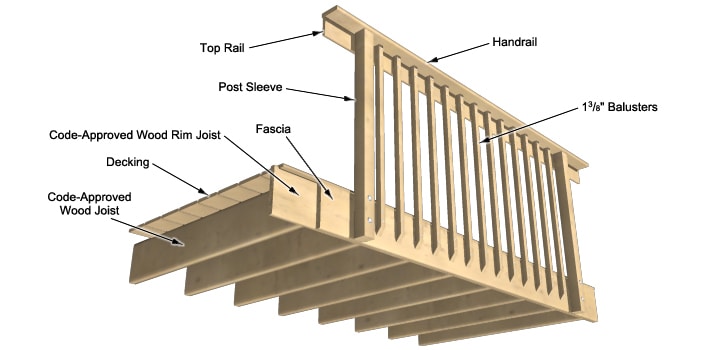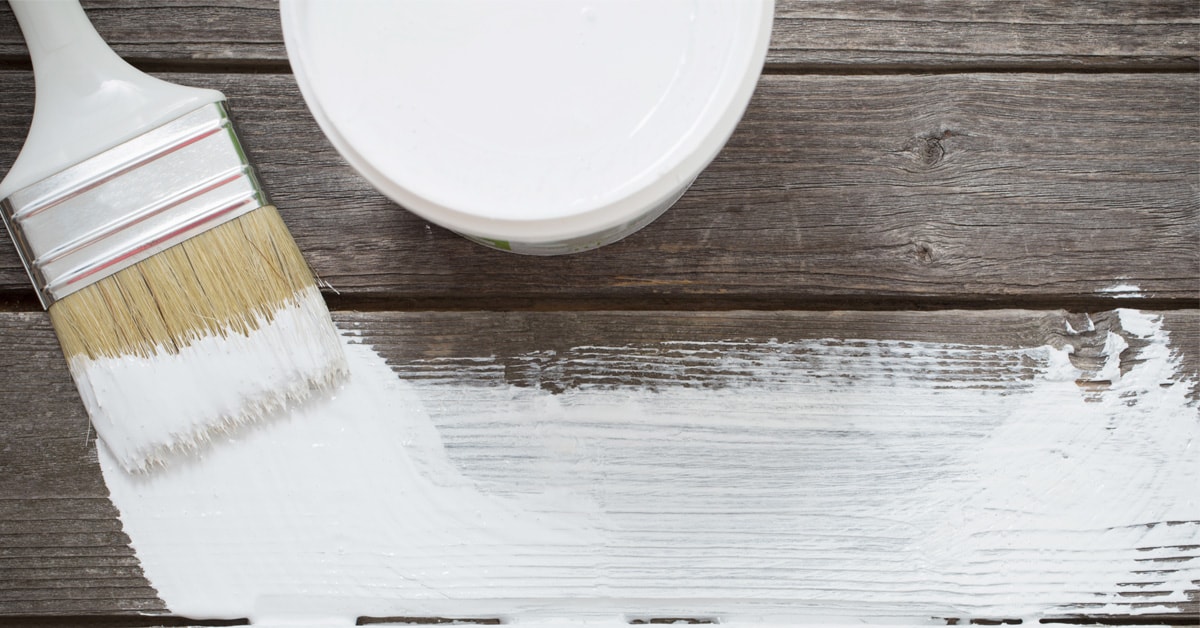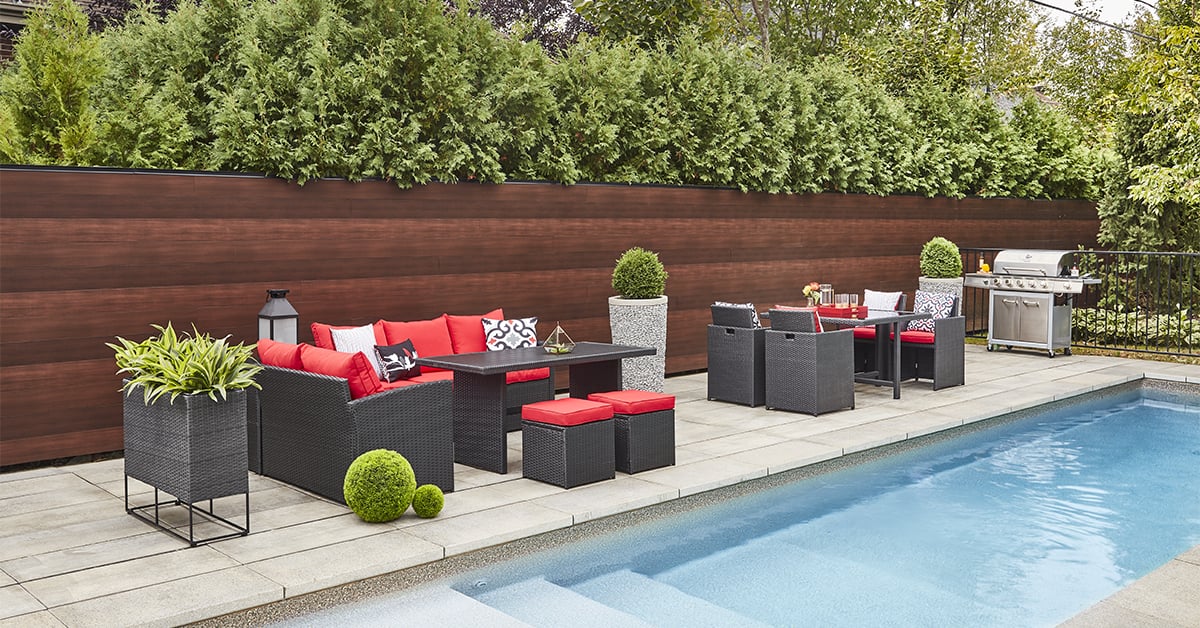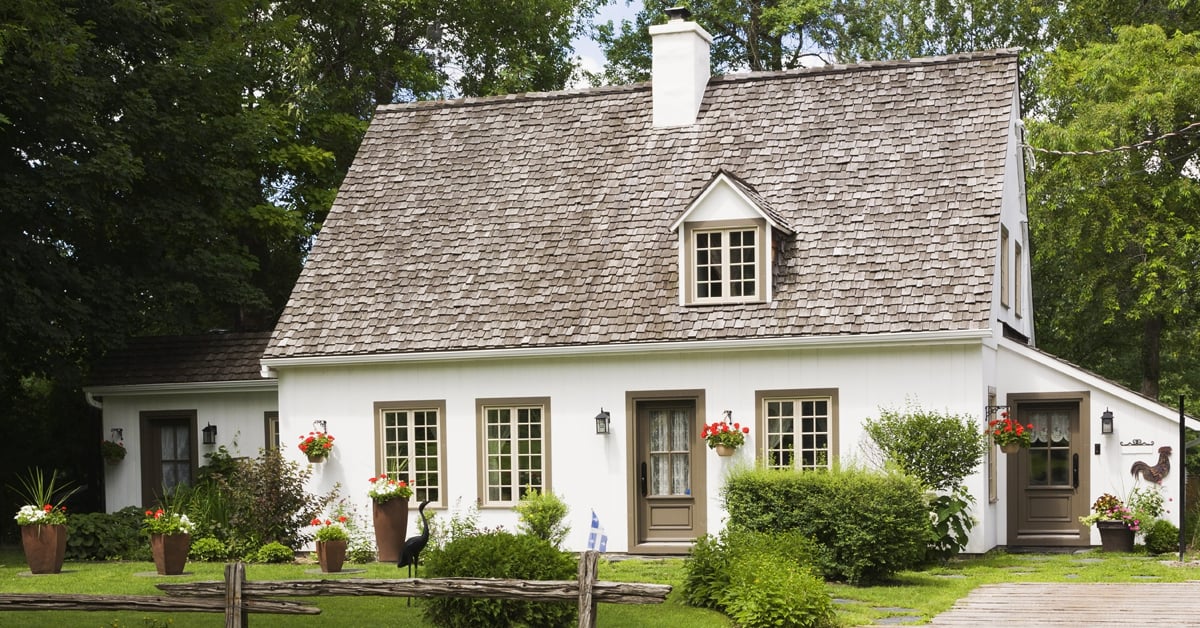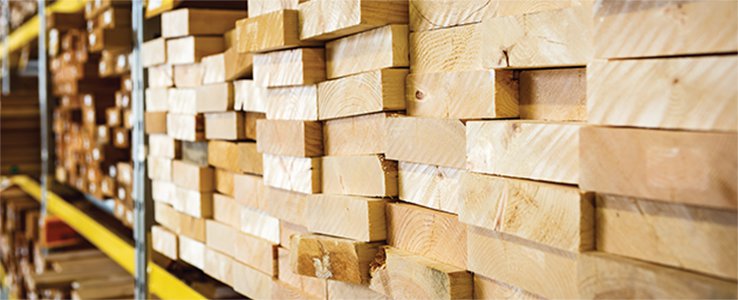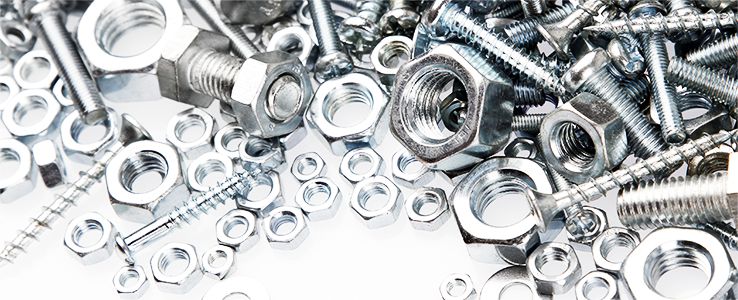Components of an outdoor railing
The basic components of an outdoor railing are listed below.
Handrail
The handrail is the horizontal material that runs along the top of the balusters. It is the portion of the railing that one would hold on to.
- The height of the deck’s surface above the ground determines the requirement for the railing height:
- If the deck height is under 24", a railing is optional and is used for decorative purposes.
- If the deck height is between 24" and 5' 10", the handrail must be at least 36" tall.
- If the deck height is over 5' 10", the handrail must be at least 42" tall.
Balusters
A baluster is a small post or column placed in series that supports the handrail or coping. They can range from simple wooden sticks to elaborate, twisted metal works of art. Balusters are then topped with a handrail and/or toprail.
- International Residential Code requires the space between balusters to be less than 4" at the widest part. (Codes often vary greatly, so check with your local authorities for accurate information.)
- Horizontal balusters (whether wood, cable or other) can be used as climbing rungs for little children. Keep this in mind as you plan your railing.
- Also note that the maximum distance between the balusters and under the bottom rail is 4".
Post Sleeve
Post sleeves are similar to balusters but are thicker and stronger and usually are placed every 4-6' or so. These are placed periodically to increase the strength of the railing system.
Panel
The size of each panel varies greatly among materials and manufacturers, but they typically run in 12" increments such as 48", 60" and 72". However, if you opt to build the railing









